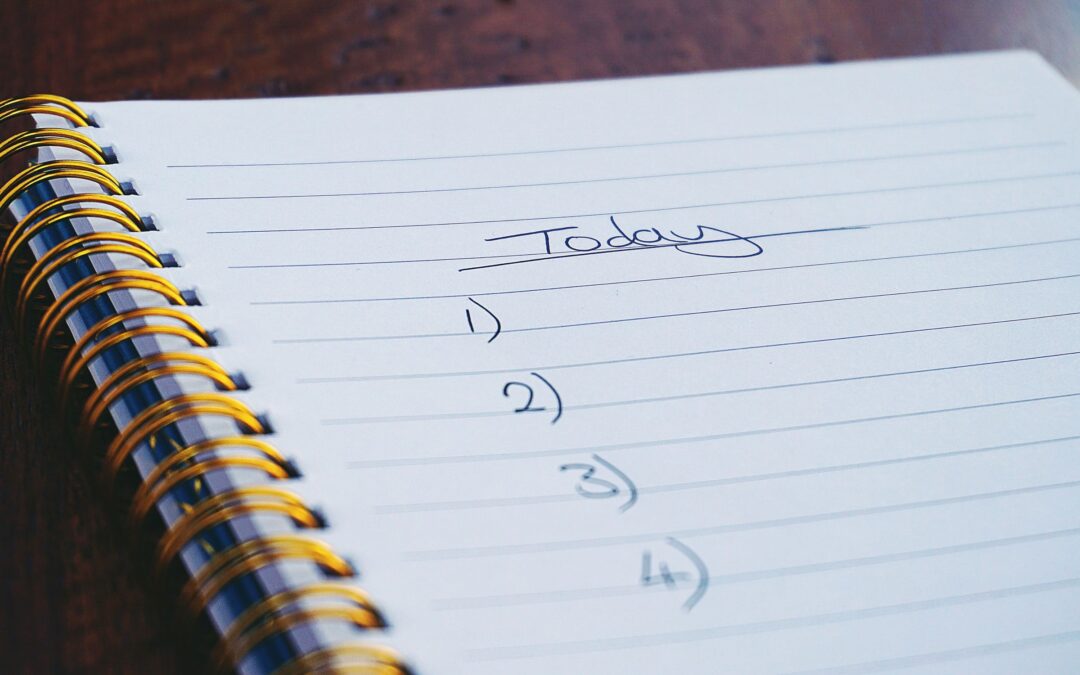Is content creation falling to the bottom of your list? how can you stop procrastinating when you write?
How many times have you dreaded writing the social posts and blogs you need to do, but once you’ve sat down and started, everything is fine?
The hardest part of any task is getting started, especially when a blank document is looming over you, pressurising you into placing some words onto its page.
Here are five tips to encourage you to get writing:
Do your Research First
As much as it can seem more efficient to research and write simultaneously, you are only setting yourself up for a frantic mess – don’t try to do it all at once! Separating the larger task at hand into smaller chunks can help you focus on smaller achievements, rather than stress over the final project.
Doing your research first means that when you come to write a particular section, you have the notes next to you as support, rather than travelling over to Google where more procrastination awaits.
Make a Mindmap
Who said mindmaps are only for school children?
Mindmaps are used for a reason – because they are a great way of getting down ideas without limiting yourself to a structure or lines on a page. The mind works in a jumbled and non-chronological way, so letting it express itself on a mindmap keeps the authenticity to the way you think and express your thoughts.
Jot down your subject matter in the middle of the page, and then draw lines outwards, adding any information that comes to your mind. You’ll be surprised at how easy it is to get into the flow! You can also use this free mind map app https://www.mindmup.com/
Use a Timer

When you start a task thinking of how many hours it will take, you are setting yourself up in a negative and non-productive manner. Why not focus on a smaller length of time, and reward yourself for every small hurdle your overcome? This is much more encouraging and will likely produce better quality work.
The Pomodoro Technique is an efficient productivity hack, where you work for 25 minutes, take a short break of 5 minutes, and then after about 4 repeats, you may take a break for 15-20 minutes. This gives your brain the time to rest, but to also focus on the success of each round, rather than fearing the failure of your final piece.
Just Start!
If you’re struggling to start filling up the white space on your page, start typing random words! Or journal in a notebook. Simply the act of getting something down might reduce your fear of progressing further. If you are still struggling, do a brain dump, get your to-do list written down or take a walk to get the creative juices flowing.
Aim for a First Draft
Aiming for a perfect document first time round is not the best way to start – you are only setting yourself up for feeling as though you failed. Be realistic and kind to yourself – aiming for an imperfect draft is okay, because when it comes to editing and revising your piece, you will have lots more time to fix mistakes.
The best way to create a first draft is to write freely and release any sense of judgement towards yourself and your writing. Also, make sure your inner editor doesn’t start poking out until after the first draft is done!
Once you have got your first draft written you can use grammarly.com to check for any spelling and grammar mistakes. Once you have done this review your first draft, can you cut it, make it more succinct. Does it have a good headline are you leading with the most important point first?
What Next – are you ready to write?

For more writing and content creation tips join my free group Cracking Content! You’ll find useful hints and tips for all things content including, writing blogs, social media, newsletters, website content, press releases and more. Also a whole host of special guests join us regularly to talk about content marketing, writing, and PR.

